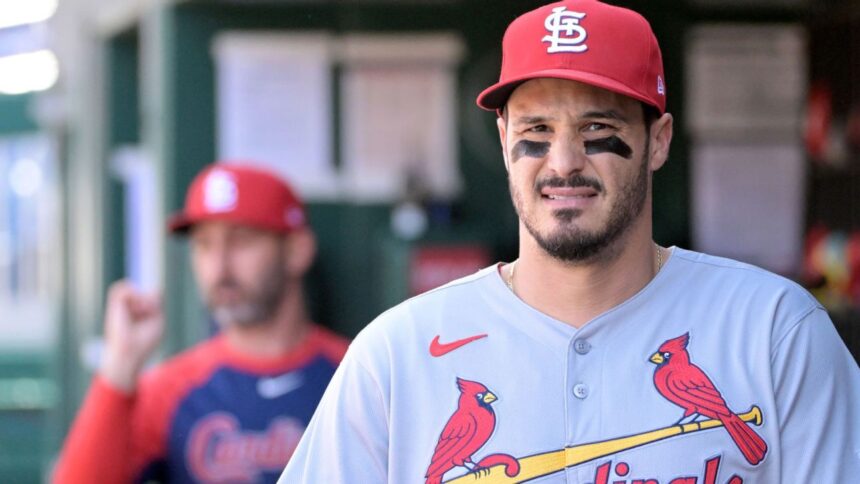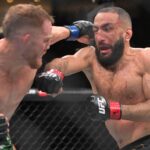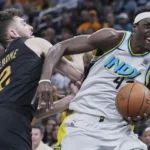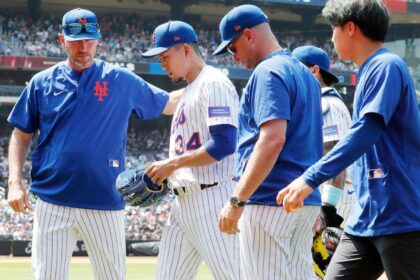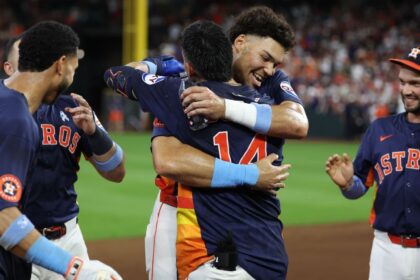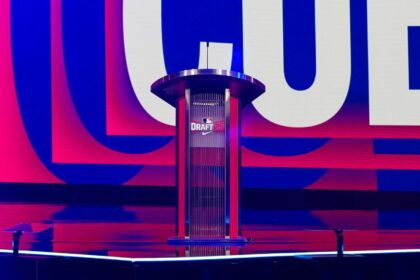Traditionally, baseball teams are divided into two main groups as they approach the MLB trade deadline: those looking to acquire talent and those looking to get rid of it. However, with the addition of a third wild card team in each league in 2022, which expanded the playoffs to 12 teams, a third category has emerged: the opportunists.
These clubs are on the periphery of the contest, seeking to profit from a limited transfer market by setting high prices for some of their players, hoping that a desperate contender will accept the offer, thus maximizing their value.
Acquirers, sellers, and opportunists.
This is just one of several conditions that are influencing the foreign exchange market of 2025. Let’s analyze the key factors that could define the July 31st deadline, according to the perspectives of league executives.
More opportunists on the horizon
The Milwaukee Brewers, with a performance close to .500 in a very competitive National League, could consider the role of opportunists. Although they might be close to the division lead in July, their hopes could diminish if the Chicago Cubs continue their good performance. Furthermore, in a National League packed with teams with playoff potential, such as the New York Mets, the Philadelphia Phillies, and the Atlanta Braves in the East, and the Los Angeles Dodgers, the San Diego Padres, the San Francisco Giants, and the Arizona Diamondbacks in the West, it is unlikely that Milwaukee will get a wild card spot.
According to Fangraphs, the Brewers have a higher chance of winning the National League Central Division (13%) than of obtaining a wild card spot (5.3%).
This could lead the Brewers to emulate the Tampa Bay Rays at last year’s deadline, capitalizing on the shortage of sellers in the market. Freddy Peralta, one of the league’s most outstanding pitchers this year, has an affordable salary of $8 million, and Milwaukee has an $8 million option for next season. If the Orioles were to acquire him, he would become their ace. For the Yankees, he could be a pillar behind Max Fried and Carlos Rodon. If Peralta stays healthy, his value will never be as high as it is now.
The Rays were the opportunists of last summer, trading Randy Arozarena to the Seattle Mariners with two and a half years of team control, and Isaac Paredes to the Cubs, despite being only 1½ games out of the third wild card on the last Sunday of July. Tampa Bay did not opt for a total sell-off; instead, they recognized a limited trade market and capitalized on the situation.
It’s possible, and even probable, that the Brewers won’t go this route. Owner Mark Attanasio is considered competitive, someone who highly values making the playoffs. Some rival executives don’t believe Milwaukee would consider trading Peralta if the team is still in contention with the Cubs, led by former Milwaukee manager Craig Counsell.
However, for some teams competing in the league, it is something worthy of consideration:
- St. Louis Cardinals: On a winning streak, they have communicated to other teams that they might keep their tradeable players, even if they are not top contenders, in what is John Mozeliak’s final season as head of baseball operations.
- Minnesota Twins: They could offer Byron Buxton, their dynamic and often injured center fielder, in trade talks. Buxton is healthy and playing well, and is under contract for the next three years at $15.1 million annually.
- Toronto Blue Jays: After securing Vladimir Guerrero Jr. for the future, they could assess the best ways to build a team around him and consider offers for players like Chris Bassitt.
An executive from a contending team doesn’t believe the list of opportunists is long.
Generally, what they ask for is unrealistic. They ask for your top four prospects and you say no, and they move on and keep the player.
Executive of a contending team
The Mediocrity of the American League
The general mediocrity of the American League could significantly reduce the number of sellers. Although the Chicago White Sox are rebuilding and open to negotiations, the management of any other American League team could be convinced that it is possible to reach the playoffs, as there seem to be few truly outstanding teams.
The Baltimore Orioles might be the best example of this phenomenon. Although the start of the season has been disastrous for Baltimore, with a rotation that has suffered, it’s hard to imagine the Orioles giving up soon, given their success in the last two seasons and their roster of young players. Therefore, they could be a club reluctant to part with talent at the deadline, even if they have a losing record.
Limited talent to offer
Teams like the Colorado Rockies, the Miami Marlins, and the White Sox don’t have much to offer in the eyes of rival evaluators. Other teams have monitored Marlins right-hander Sandy Alcantara and White Sox outfielder Luis Robert Jr., but both are struggling early in the season. Alcantara has an 8.42 ERA in seven starts since returning from elbow surgery, while Robert has a .186/.293/.326 batting line, which doesn’t increase the interest of other teams or the leverage of the White Sox.
Shortage of Gardeners
The outfielder market could be very limited. Traditionally, the free agent class serves to define most of the players who could be traded before that year’s deadline, and simply, in the outfield, the options beyond Kyle Tucker are scarce.
Possible opportunists could take advantage of a very weak market for outfielders and obtain value if they are willing to offer outfielders with team control beyond this season. For example, the Twins could fetch a solid price for Buxton and the Blue Jays would likely draw a lot of interest for Daulton Varsho, an elite defender who won’t be eligible for free agency until after the 2026 season.
Low availability of openers
Few quality starting pitchers are expected to be available. If the Cardinals decide to trade players, right-hander Erick Fedde, with an ERA of 3.86 this season, could attract interest. Right-handed starting pitcher Sonny Gray is also a three-time All-Star, but his contract is heavily backloaded, and the last time he was traded to a contender mid-season, it didn’t go well.
Possible Nolan Arenado Trade
Despite the conditions, a trade of Nolan Arenado could still be possible. If Arenado waives his no-trade clause and if the Cardinals are willing to trade him, contenders could be interested in acquiring the eight-time All-Star third baseman. The Cubs haven’t found a solution at third base, and the Yankees will soon try DJ LeMahieu in their ongoing attempt to fill the position.
Arenado, who is owed approximately $24 million for the remainder of this year, $27 million in 2026 ($5 million paid by the Rockies), and $15 million in 2027.
